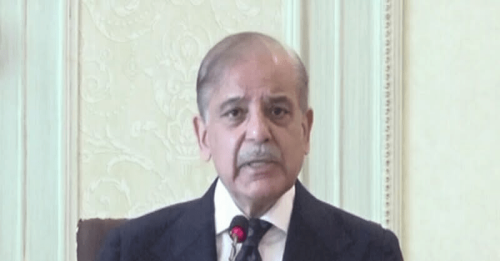WHEN we celebrate women, as we did last month on International Women’s Day, it is important to include women in law enforcement in the conversation. Women in law enforcement bring their own set of skills to a traditionally male-dominated policing culture, according to Chuck Wexler, director of the Police Executive Research Forum in the US.
Globally, there is a growing recognition of the benefits of recruiting, training and promoting more women in law enforcement. Not only do they represent half the population, they also bring diversity to law-enforcement teams and expand the scope of policing initiatives.
Almost three decades ago, when more women started opting for the law-enforcement profession, they were required to be as tough, if not more, as their male counterparts. The whole emphasis of training and work remained on masculinising women officers. They were expected to reinforce and exercise the existing police culture and organisational ethics.
It was only after women officers started making inroads into local communities and employing nonviolent methods of policing that their unusual aptitude was recognised. Police-community interactions, when conducted by women, showed that women have true potential for exercising soft power. The latter term denotes the ability to co-opt rather than coerce, and involves shaping the preferences of others through honest appeals and overtures — which are essentially a shift from the traditionally material approaches to law enforcement.
Women police are better able to engage with communities.
Research has shown that women are better able to engage with communities through dialogue, negotiation and effective communication. These valuable skills come in handy in de-escalating tense situations, mitigating conflict and defusing tensions — hence, maintaining law and order.
Communities and people also feel safe around women officers who reach out to them, as they are accessible besides being brilliant listeners. Both victims and criminals are aware that women are less likely to use force and even less likely to use excessive force; they keep away from human rights violations and hardly indulge in the misconduct often seen in their male counterparts.
As effective as policewomen are in dealing with communities, they are also useful when it comes to investigations in general and investigations into gender-based violence in particular. Crime investigations demand a different subset of skills, including attention to detail, the collection of ocular, circumstantial and forensic evidence, recording of statements, preparation of case diaries and corroboration of evidence. Women officers are known to possess a natural ability to delve into minute details and to listen patiently to both the victims and perpetrators — which is particularly helpful in cases of gender-based violence. This, in turn, leads to a reduction of crimes against women in a particular area.
Diversity in the workforce is increasingly seen as more effective, creative and resilient than homogeneity. Inclusive workforces have a broader perspective of the prevalent circumstances, which helps with better decision-making and problem-solving. A gender-inclusive police department improves the police’s image in general besides enhancing community trust in the law enforcers.
Additionally, many studies have shown that women have superior problem-solving skills, a critical ability for law-enforcement professionals. They lead their teams on the basis of democratic principles and focus on the individual needs of the members. Once they win the trust of their team members, it becomes easier to take high-risk decisions for crime control.
Certainly, there is much to be said for their qualities of compassion and empathy towards vulnerable groups, including women, children, transpersons, minorities, senior citizens, disabled persons and other marginalised groups. There is an effort to study the social reasons of crime in a community and to engage all stakeholders. Such affirmative action helps restore the trust of weaker sections of society in the criminal justice system as a whole. Many a time, girls and women from the community come forward to join hands with policewomen to counter social evils which give rise to crime.
It makes sense, then, for police organisations in the country to encourage more women to be a part of law enforcement. After recruitment, issues related to retention, mainstreaming, visibility and role positioning must also be addressed through strong policies. In this context, a national gender policy is needed to prepare the ground for an enabling environment for both women in law enforcement and women at large. Enabling one woman in law enforcement means enabling many women in the community. The greater visibility of women in law-enforcement is a huge source of inspiration for other women, who feel more confident about claiming their legitimate public space.
The writer is a police officer.
Twitter: @MariaTaimurPSP
Published in Dawn, April 7th, 2022












































